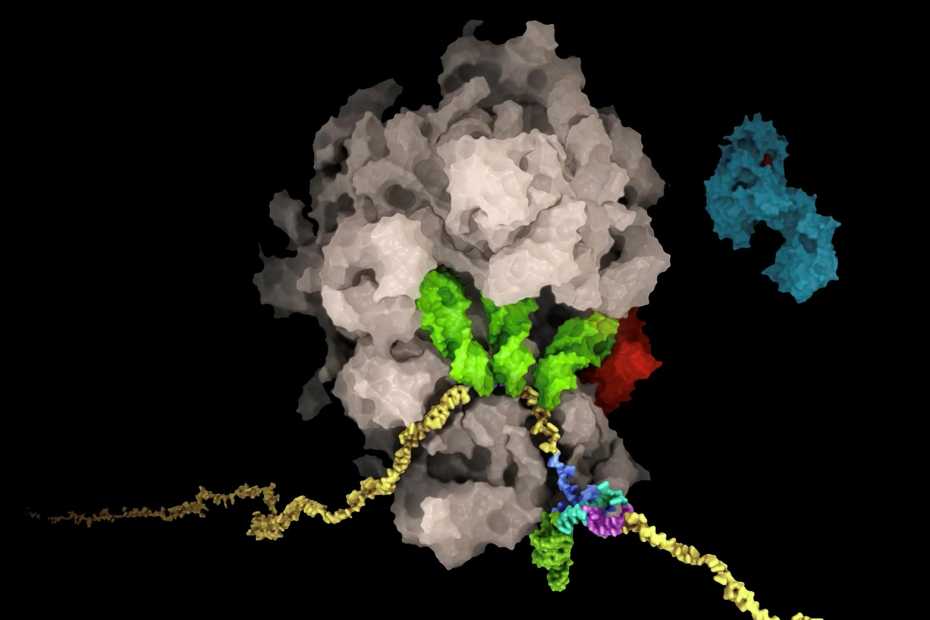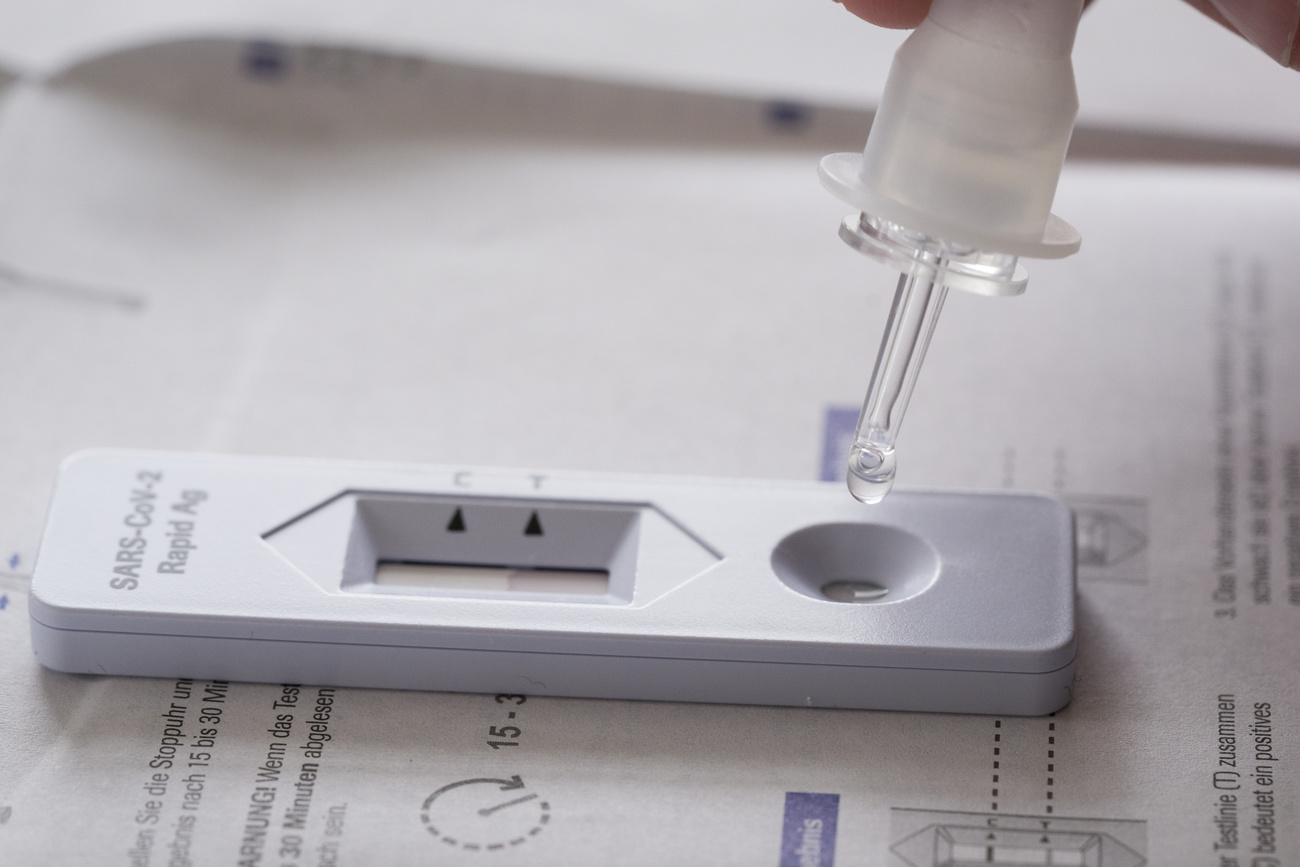Swiss scientists discover coronavirus’s ‘Achilles heel’

Researchers at the federal technology institute ETH Zurich have discovered an important weak point of Covid-19: if a key process for the production of its proteins is disrupted, viral replication in infected cells can be significantly reduced.
This discovery, which they described as the “Achilles heel of the coronavirus”, may lead to the development of antiviral drugs that can also treat more distantly related coronaviruses.
The magic word is “frameshifting”. During the step-by-step reading of the blueprint from ribonucleic acid (RNA), the ribosome (the cell’s own protein factory) occasionally “miscounts” and omits letters. This rarely happens in healthy cells, because an incorrectly read and copied sequence results in dysfunctional proteins.
However, certain viruses such as coronaviruses or HIV rely on such shifts in the reading frame to regulate the production of their proteins. The SARS-CoV-2 virus, which causes Covid-19, induces frameshifting by folding its RNA in an unusual and complex manner, the research team wrote in a statementExternal link on Thursday.
“Therefore, since frameshifting is essential for the virus but it almost never happens in our organism, any compound that inhibits frameshifting by targeting this RNA fold could potentially be useful as a drug to combat infection,” they stated.
Until now there has been a lack of precise information about the interaction of the viral RNA with the ribosome of the infected host cell during frameshifting. But researchers at ETH Zurich and the Universities of Bern, Lausanne and Cork (Ireland) have now succeeded in observing this process, they explain in the latest issue of the journal ScienceExternal link.
Chemical compounds
Using sophisticated biochemical experiments, they were able to capture the ribosome at the frameshifting site of the SARS-CoV-2 RNA. The scientists were then able to examine this molecular complex using cryo-electron microscopyExternal link.
They also went a step further and tried to specifically influence the process with chemical substances. They found two chemical compounds that reduce viral replication by 1,000 to 10,000 times – without being toxic for the cells treated with them.
They said that although these compounds were currently not potent enough to be used as therapeutic drugs, the study demonstrated that inhibition of ribosomal frameshifting had a profound effect on viral replication. This paves the way for the development of better compounds that could eventually be used in the treatment of all coronaviruses.
“Our future work will focus on understanding the cellular defence mechanisms that suppress viral frameshifting, as this could be useful for development of small compounds with similar activity,” said Nenad Ban, Professor of Molecular Biology at ETH Zurich and co-author of the study.

More
Coronavirus: the situation in Switzerland

In compliance with the JTI standards
More: SWI swissinfo.ch certified by the Journalism Trust Initiative
You can find an overview of ongoing debates with our journalists here. Please join us!
If you want to start a conversation about a topic raised in this article or want to report factual errors, email us at english@swissinfo.ch.